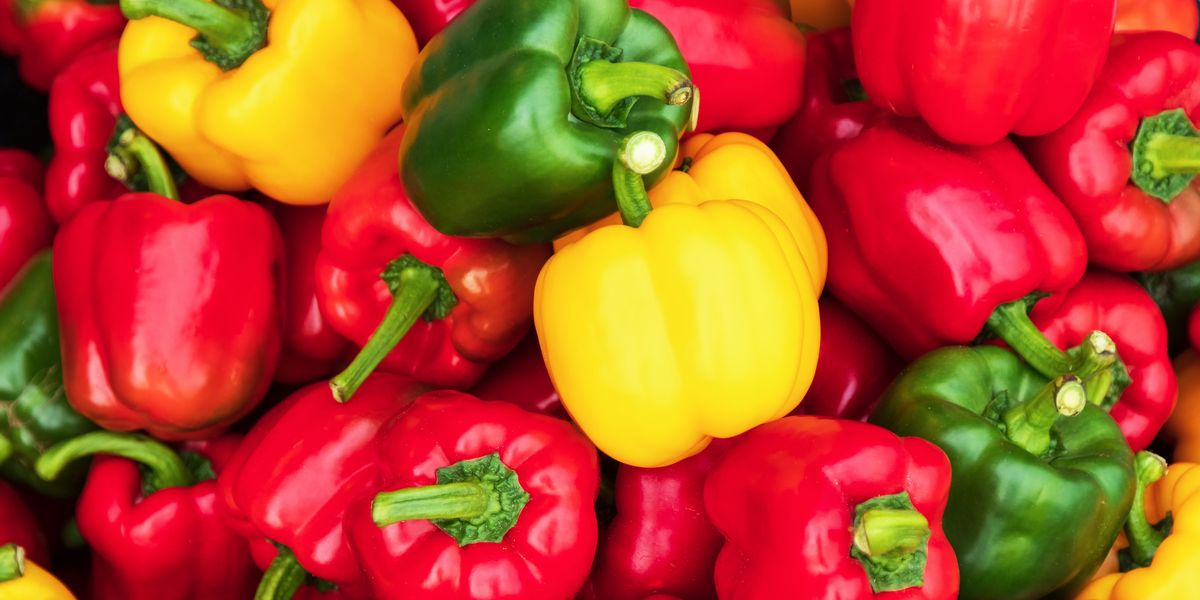Many among us would like attractive birds, small mammals, and insects like butterflies, to visit our gardens. Combining wildlife to gardening means turning your backyard into a more natural spot. No wildlife will venture in a picture-perfect garden with smart velvety lawns, neat shrubs, and tidy-formal plant beds.
Below are ways to open your garden to nature.
Start with a compost heap. In addition to supplying regular compost for the garden, it will also offer home, nesting site, and food source for creatures like toads, hedgehogs, and robins. Bird species like thrushes relish the compost as they feed on worms, snails, and grasshoppers found in there.
Install bird boxes and bird feeders up in a sheltered site, out of reach of cats (main predators). Provide the birds with protein-rich feed and make sure the feeder is on a dense bush such as rambling rose. No need for a tidy garden, leave dead wood, leaves, and seedheads until spring as birds will feed on the seeds and insects.

A pond in your garden is an essential source of fresh, unchlorinated water for wildlife. Dig a proper pond and ensure to place stones and branches inside so that creatures such as frogs can easily move within. The pond should contain rainwater and built on a partly-sunny and partly-shady spot of your garden. You can grow in waterlilies to keep the water oxygenated.
Build an insect “hotel”. Insects consist of the base of the food pyramid for bats, birds, amphibians, and reptiles. Many animals prey on insects; as such, the more insects in your garden, the better it is. Find a quiet area and pile up stones, bricks, leaves, and logs. Leave it as it is, and you will notice it turns into a shelter for insects such as beetles and spiders.

To attract wildlife, your garden requires edible shrubs like BlackBerry, Gooseberry, and redcurrant plants that will feed birds and pollinating insects.
When you lay your paving like slabs, don’t tightly squeeze the stones together. Leave space on between so that lichens, mosses, and wildflowers can grow between them. In your flower beds, use live mulches-like ground covers and bark. These provide a home for small insects and other organisms.
Grow native plants that will host local insects and wildlife around you. When it comes to weeds such as Buttercups, Daisies, and foxgloves flower, they are the best pollinating plants. Opt for flowers that haven’t been bred for growing more petals, which produce less nectar and pollen as a consequence. Mow your lawn at least frequently as possible during the summer. Long grass is essential for butterflies to lay their eggs on.

To conclude, wildlife is attracted to a garden for its three basic needs, i.e., food, water, and shelter. By creating and promoting a natural ecosystem, wildlife will thrive and stick to your garden.



